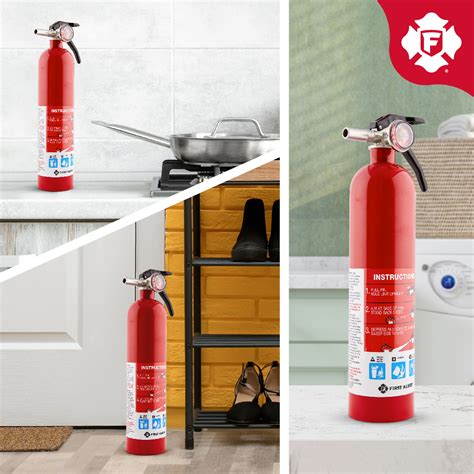With its historic charm and vibrant cityscape, Boston is a highly sought-after destination for both residents and businesses alike. However, with its coastal location, the city is also vulnerable to extreme weather events, including hurricanes and nor’easters. These storms can bring high winds, heavy rains, and flooding, which can cause significant damage to property if not properly prepared for.

One of the most effective ways to protect your home or business from storm damage is to board up windows and doors. Boarding up involves covering these openings with plywood or other materials to prevent wind and rain from entering the building. While it may seem like a simple task, there are actually several steps involved in boarding up correctly. If not done properly, boarding up can actually do more harm than good.
How to Board Up Windows and Doors: A Step-by-Step Approach
Assess the Situation
Before you begin boarding up, it is important to assess the situation and identify any potential hazards. Check for any broken windows or doors, or any other areas where water could enter the building. If you find any damage, it is important to repair it before boarding up.
Gather Materials
You will need the following materials to board up windows and doors:
- Plywood or other sturdy material
- Nails or screws
- Hammer or drill
- Measuring tape
- Level
Measure and Cut the Plywood
Measure the windows and doors that you need to board up. Cut the plywood to size, making sure that it is large enough to cover the entire opening.
Attach the Plywood
Attach the plywood to the window or door frame using nails or screws. Start by nailing or screwing the plywood into the top of the frame. Continue working your way down the sides and bottom of the frame, making sure that the plywood is secure.
Finish Up
Once the plywood is attached, check to make sure that it is properly secured. If there are any gaps, fill them with caulk or weatherstripping. If necessary, you can also add additional support to the plywood by attaching braces to the frame.
Tips for Boarding Up Windows and Doors
- Use sturdy materials. Plywood is the most common material used for boarding up, but you can also use other sturdy materials, such as metal or fiberglass.
- Cover the entire opening. Make sure that the plywood or other material you are using covers the entire window or door opening. If there are any gaps, wind and rain can enter the building and cause damage.
- Secure the plywood. Use nails or screws to secure the plywood to the window or door frame. Make sure that the plywood is secure and will not come loose in high winds.
- Check for gaps. Once the plywood is attached, check to make sure that there are no gaps. If there are any gaps, fill them with caulk or weatherstripping.
- Add additional support. If necessary, you can also add additional support to the plywood by attaching braces to the frame. This will help to prevent the plywood from blowing off in high winds.
Benefits of Boarding Up Windows and Door
- Protect your property from damage. Boarding up windows and doors can help to prevent wind and rain from entering your home or business. This can help to protect your property from damage, such as water damage, mold growth, and structural damage.
- Reduce insurance costs. Many insurance companies offer discounts to homeowners and businesses that board up their windows and doors. This is because boarding up can help to reduce the risk of damage, which can lead to lower insurance costs.
- Peace of mind. Knowing that your home or business is protected from storm damage can give you peace of mind. Boarding up can help to reduce the stress and anxiety that can come with severe weather events.
Common Mistakes to Avoid When Boarding Up
- Do not use plastic or cardboard. Plastic or cardboard is not strong enough to withstand high winds. If you use these materials, they are likely to blow off and leave your property vulnerable to damage.
- Do not nail or screw the plywood into the glass. Nailing or screwing the plywood into the glass can crack the glass and make it more likely to break. Instead, nail or screw the plywood into the window or door frame.
- Do not leave gaps. Any gaps between the plywood and the window or door frame will allow wind and rain to enter your property. Make sure to fill any gaps with caulk or weatherstripping.
- Do not overtighten the nails or screws. Overtightening the nails or screws can damage the window or door frame. Instead, tighten the nails or screws until they are snug.
Conclusion
Boarding up windows and doors is an important step to take to protect your home or business from storm damage. By following the tips in this article, you can board up your property correctly and effectively.
